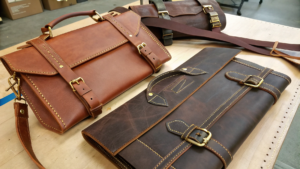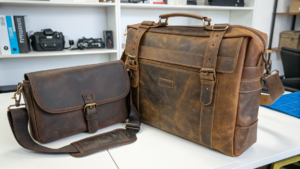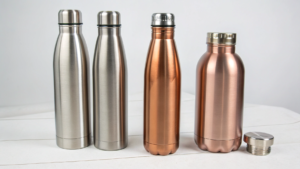Why Are A5 PU Leather Notebooks Such Great Branding Tools?
Struggling to find corporate gifts1 that are both stylish and practical? Worried about gifts that don't reflect your brand's quality? A5 PU leather notebooks offer elegance and utility.
A5 PU leather notebooks2 are excellent for branding because they blend sophisticated style with everyday usefulness. Their durable covers offer a premium canvas for your logo, ensuring lasting visibility and positive brand association.
Choosing the right corporate gift can feel like a challenge. You want something people will actually use, something that looks good, and something that keeps your brand top-of-mind. It needs to hit that sweet spot between quality and budget. I've found that A5 PU leather notebooks often tick all these boxes. Let's explore why they work so well and look at some common questions people like Jacky, the Marketing Manager I often work with, might have. Understanding the details helps you make the best choice for your branding goals.
What exactly is an A5 notebook?
Confused about notebook sizes3? Need something portable for events but still useful for notes? An A5 notebook offers that perfect balance for your clients and team.
An A5 notebook uses paper sized 148 x 210 millimeters (or 5.8 x 8.3 inches). It's exactly half the size of A4 paper, making it compact and easy to carry around.
When we talk about paper sizes like A5, we're usually referring to the ISO 216 standard. This is the international standard for paper sizes used in most parts of the world. The 'A' series starts with A0, and each subsequent size (A1, A2, A3, A4, A5, etc.) is made by cutting the previous size in half parallel to its shorter sides.
Understanding A-Series Paper Sizes
The beauty of this system is its consistency. The aspect ratio (the relationship between the width and height) remains the same for all sizes in the series. Here’s a quick comparison:
| Size | Dimensions (mm) | Dimensions (inches) | Common Uses |
|---|---|---|---|
| A4 | 210 x 297 | 8.3 x 11.7 | Standard letters, documents, desktop notebooks |
| A5 | 148 x 210 | 5.8 x 8.3 | Journals, portable notebooks, planners |
| A6 | 105 x 148 | 4.1 x 5.8 | Postcards, small pocket notebooks |
Why A5 Works Well
In my experience helping clients like Jacky, the A5 size is often the preferred choice for branded notebooks. It's large enough to take meaningful notes during meetings or conferences but small enough to fit comfortably in a handbag, laptop bag, or even a larger jacket pocket. It doesn't feel as cumbersome as an A4 notebook, nor as restrictive as a smaller A6. This practicality means people are more likely to carry it around and use it regularly, keeping your brand visible. Adding a PU leather cover elevates this practical item into a perceived high-value gift, enhancing the recipient's impression of your brand.
What is the difference between A4 and A5 notebooks?
Choosing between notebook sizes like A4 and A5 feel confusing? Worried A5 might be too small or A4 too bulky for your needs? Let's break down the key differences.
The primary difference is size. A4 notebooks (210 x 297 mm) offer a larger page, similar to printer paper, suitable for extensive notes. A5 notebooks (148 x 210 mm) are half that size, making them more portable.
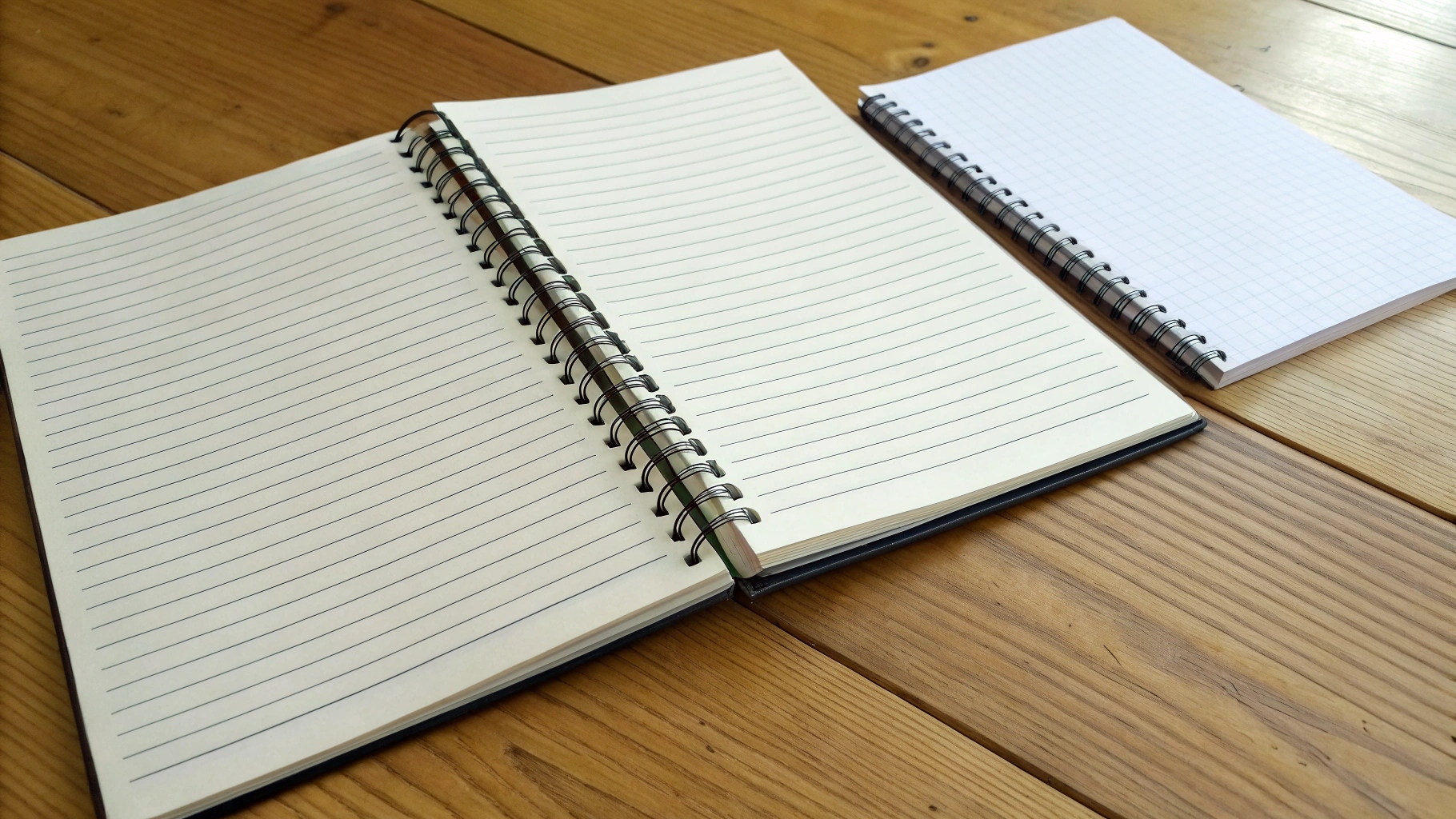
The size difference might seem simple, but it has significant implications for usability and perception, especially in corporate gifting. Understanding these nuances helps managers like Jacky decide which format best aligns with their campaign goals and budget.
Key Differences Explored
Let's look beyond just the dimensions:
| Feature | A4 Notebook | A5 Notebook |
|---|---|---|
| Size | 210 x 297 mm (8.3 x 11.7 in) | 148 x 210 mm (5.8 x 8.3 in) |
| Writing Area | Ample space for detailed notes, diagrams, mind maps | Moderate space, good for meeting notes, lists |
| Portability | Less portable; fits in briefcases, larger bags | Highly portable; fits easily in most bags |
| Common Use | Desktop use, academic notes, reports | Meetings, journaling, travel, daily planning |
| Perception | Can seem standard, sometimes bulky | Often perceived as more convenient, personal |
Why A5 Often Wins for Gifting
From my years in the gifting industry, I've seen A5 become increasingly popular for several reasons. While A4 offers more space, its size can sometimes be a drawback for a gift – it feels more like office stationery. An A5 notebook, especially with a quality PU leather cover, feels more like a personal item, a journal, or a dedicated planner. This enhances its perceived value.
Furthermore, portability is key. Recipients are more likely to carry and use an A5 notebook in various settings – meetings, coffee shops, travel. This constant use means constant brand exposure. For Jacky, who needs gifts for events, an A5 notebook is easier for attendees to handle and take away. While A4 might be right for specific internal training sessions, A5 generally offers broader appeal as a versatile branded gift. The PU leather cover adds that crucial touch of class that makes the A5 format feel premium, not just small.
How many sheets are in an A5 notebook?
Planning your notebook order but unsure about the page count? Wondering if a standard A5 notebook offers enough writing space for your recipients? Let's clarify typical sheet counts.
There isn't one standard number. Most A5 notebooks typically contain between 80 and 100 sheets, which equals 160 to 200 pages. However, options can range widely, often from 60 to 120 sheets.
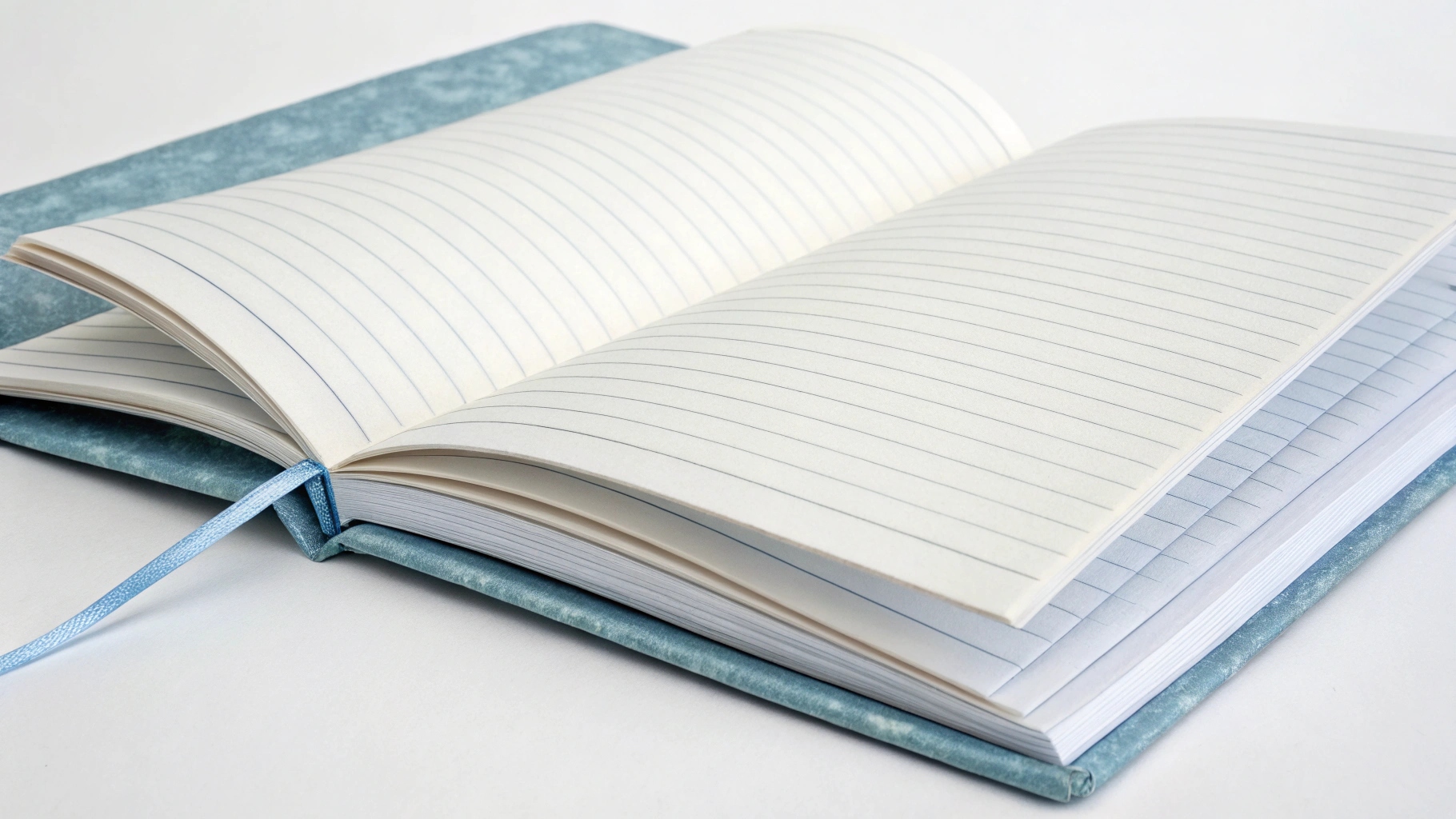
When ordering notebooks for branding, knowing the typical sheet count helps manage expectations and budget. It's a detail that affects the product's longevity and perceived value, something crucial for marketing managers like Jacky aiming for impact.
Understanding Sheets vs. Pages
It's important to remember:
- Sheet: A single piece of paper in the notebook.
- Page: One side of a sheet.
So, a notebook with 80 sheets actually has 160 pages available for writing (front and back). Always clarify whether a supplier quotes sheets or pages.Factors Influencing Sheet Count
The number of sheets in an A5 PU leather notebook isn't random. Several factors come into play:
- Intended Use: Thinner notebooks (e.g., 60 sheets) might be for short events, while thicker ones (e.g., 100-120 sheets) are better for long-term use like journaling.
- Binding Method: Some binding types (like perfect binding) work better with specific thickness ranges compared to others (like spiral binding).
- Cost: More sheets generally mean higher material and production costs. Balancing sheet count with budget is a common requirement.
- Paper Quality (GSM): Sometimes, notebooks use thicker paper (higher GSM - grams per square meter) for a premium feel. To keep the notebook from becoming too bulky, manufacturers might slightly reduce the sheet count when using heavier paper. A common range is 70-100 GSM.
- Supplier Standard: Many manufacturers offer a standard configuration, often around 80 or 100 sheets, as it hits a good balance of usability and cost.
What to Consider for Corporate Gifts
In my experience, an 80 or 100-sheet A5 notebook is usually a safe bet for corporate gifting. It feels substantial enough to be perceived as a quality gift without being overly bulky or expensive. For Jacky, ensuring the notebook has enough pages for recipients to use it over a reasonable period reinforces the branding message long after the event. Always check the product specifications, including sheet count and paper GSM, before placing an order. Pairing a decent sheet count with a quality PU leather cover creates a well-rounded, appreciated gift.
Conclusion
Ultimately, A5 PU leather notebooks offer a fantastic combination of style, durability, and portability. They provide a practical item people use, keeping your brand visible daily. A truly effective branding tool.
-
Discover the top corporate gifts that not only impress but also keep your brand in the minds of recipients. ↩
-
Explore how A5 PU leather notebooks can enhance your brand visibility and create a lasting impression with clients. ↩
-
Learn about various notebook sizes and how they can impact usability and branding in corporate gifting. ↩


